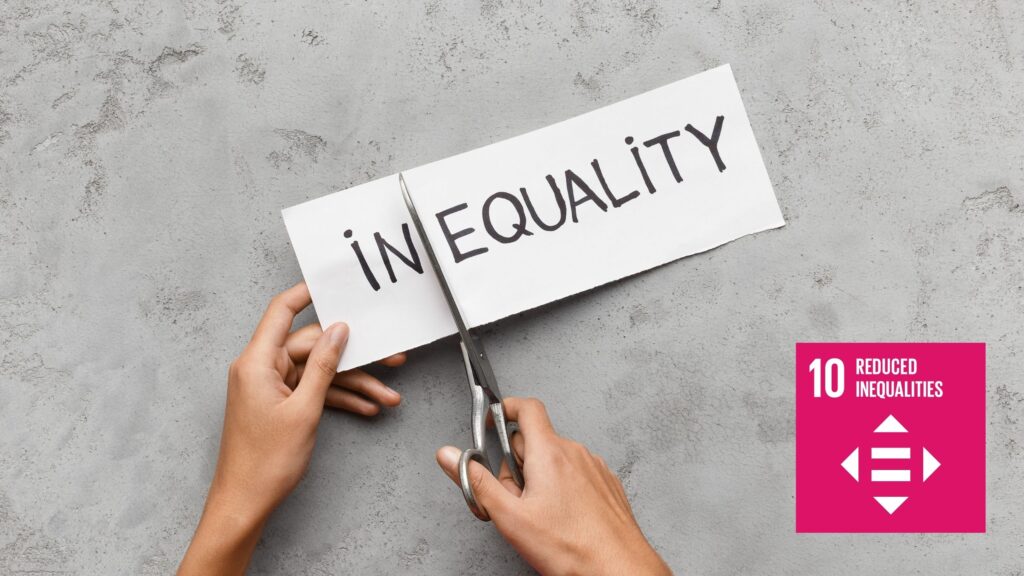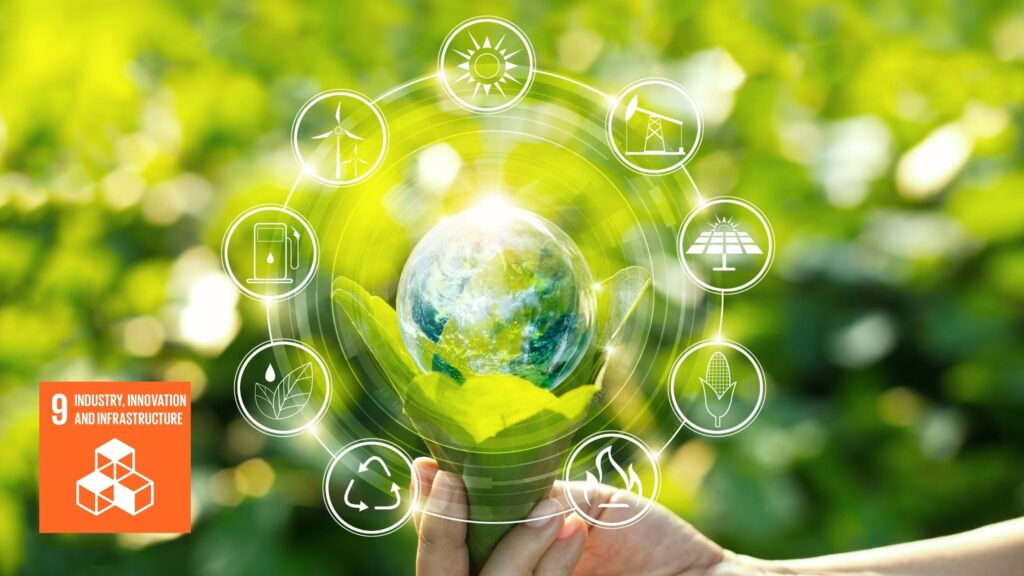Dear Mankind and most favoured of my children
You will recall my earliest blogs ( mother Earth blogs ) welcomed the Global initiative to develop the Sustainable Development Goals ( SDGs) to help create a safer and fairer world and I was happy that mankind had at last understood the need to live more sustainably and harmoniously with other living things on this, our only, home. Some good progress was starting to be being made in some areas but sadly most of this encouraging activity was brought to an abrupt halt or in some cases, even reversed by the COVID 19 Pandemic.
This blog on SDG 10 – Reduced Inequalities is the next in a series of updates to review the effects of the COVID 19 Pandemic on the aspirations and targets of each of the original 17 SDGS and to look ahead to the prospects in each sector.
Prior to the Covid pandemic various measures to reduce inequality were slowly moving in the right direction
Income inequality had fallen in some countries
Low -income countries were benefitting from preferential trade status
Transaction costs on remittances were reducing
Most countries had or were developing policies on migration
Despite these advances , inequality remained regarding income, wealth and opportunities and the Pandemic has just exacerbated existing inequalities especially within and between countries. By the end of 2020, the number of refugees who had fled from war -torn countries was 24.5 million which was double what it was in 2010 . The rate /100000 of refugees from north Africa and western Asia trebled between 2010 and 2012 there were also increased refugee movements in Latin America. The Covid related movement restrictions at Borders in 164 countries made it even harder for refugees to cross borders
Although income inequality index for emerging market and developing countries had been falling recently, the Pandemic effects may reverse that trend and increase inequality in those countries. The negative impact on the least developed countries may be even greater.
One aspect that has been an area of success is that the transaction costs of sending remittances has reduced . Sending $200 cost 9.5% in 2011 but this has reduced to 5% in 2020 . However these costs need to continue reducing so that they reach the target average transaction cost of 3% by 2030
The Pandemic has had an unprecedented economic and human toll on Human societies around the world and will continue to have significant negative impacts on inequalities for those in the developing world .
Mother Earth
Sources : The Sustainable Development Goals Reports 2019 -2021 , United nations, New York


